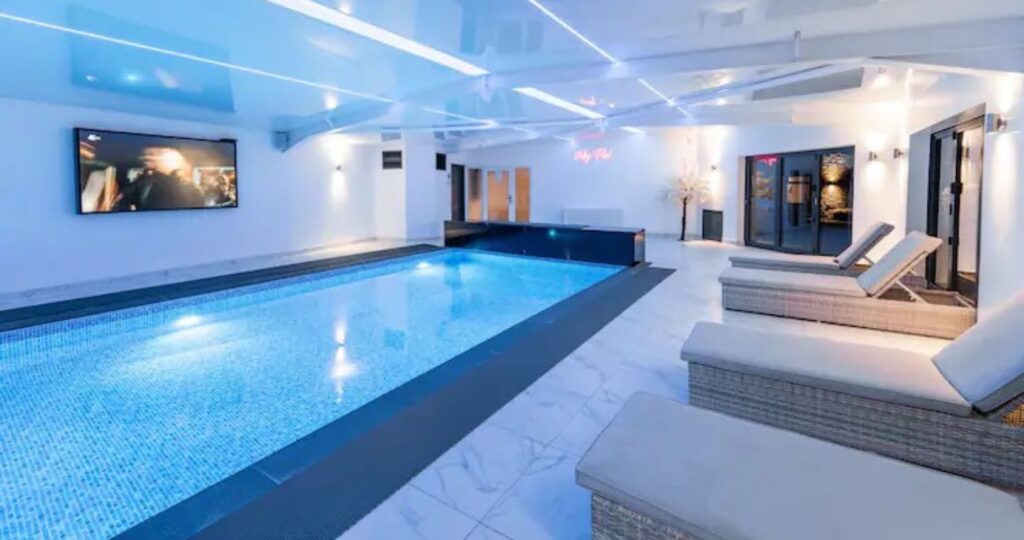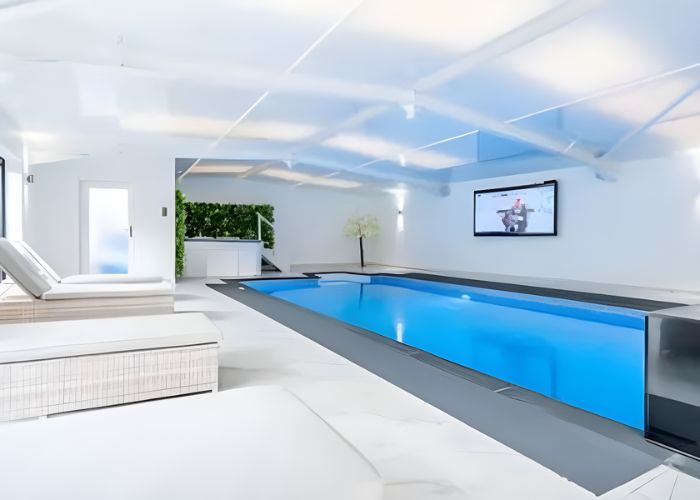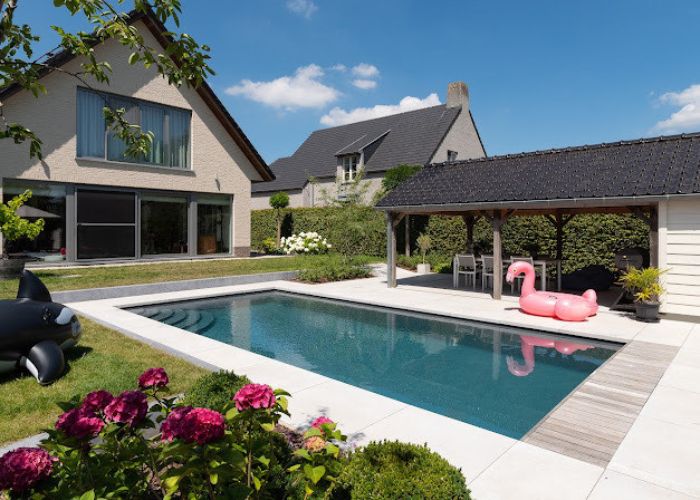Refurbishing your pool can be an essential project for various reasons, ranging from enhancing its appearance to ensuring its long-term functionality.
Whether you’re looking to personalise your new home’s pool, address issues that routine maintenance no longer covers, or repair structural damage, pool renovations are a common need. Here are some of the main motivations behind pool refurbishments:
• New homeowners often want to update the pool’s design or add their unique touch.
• Routine maintenance may become insufficient after a decade, necessitating more extensive repairs.
• Concrete pools may develop cracks that require repairs or a new liner, which can refresh the pool’s overall appearance.
• The pool’s style may feel outdated, prompting a redesign to match modern home aesthetics.
What do these reasons share in common? Age. Like other parts of your home, pools age and require regular maintenance to keep them in optimal condition, especially with frequent use. Over time, the efficiency of pumps, filters, and plumbing may decline, and the pool’s look may start to appear worn or outdated. The design you loved a decade or more ago might now seem out of place with your home’s current style.
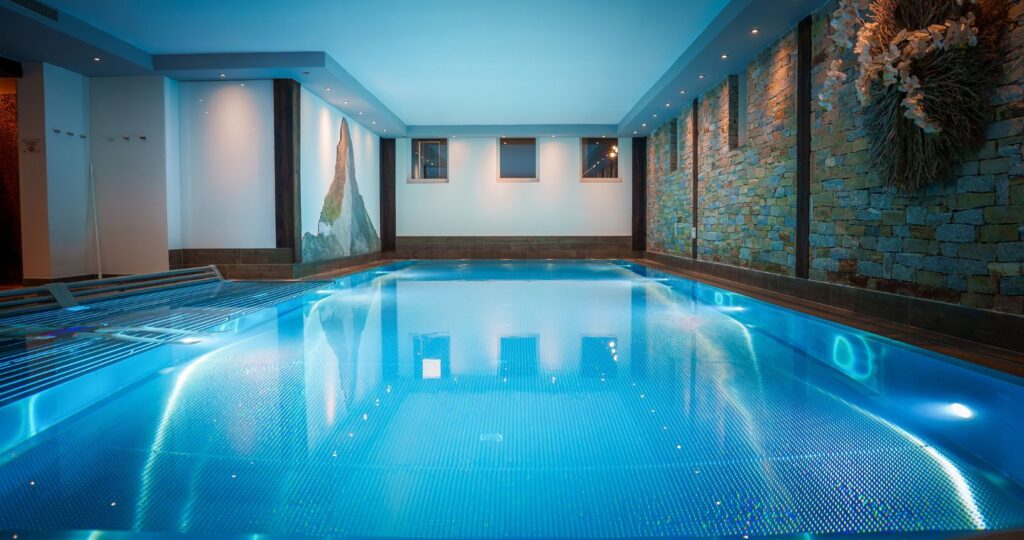
Signs Your Pool Needs a Refurbishment
There’s no set timeline for when a pool needs refurbishment; it depends on usage, maintenance quality, and environmental factors. With proper care, a pool can last many years. However, most pools undergo refurbishment between 10 to 15 years into their lifespan. During this time, you may notice the pool’s appearance losing its charm, structural issues in outdoor pools due to weather exposure, and an increased likelihood of mechanical failures, such as worn-out pumps or filters.
Outdoor pools, in particular, face more wear and tear due to exposure to the elements. In contrast, indoor pools, which are sheltered from weather, tend to have a longer lifespan before needing refurbishment. However, indoor pool owners should still monitor mechanical components like pumps, filters, pool covers, and ventilation systems, as these can degrade over time and affect the pool’s performance.
Timing Your Pool Refurbishment
Indoor pool refurbishments can be scheduled at any time of year, while outdoor pool projects are best planned for the off-season, such as autumn, winter, or early spring, when the pool is less frequently used. Although weather can be unpredictable, especially in regions like here in the UK, there are ways to mitigate delays and continue work as planned.
The key is to plan ahead and not wait until the last minute. Schedule your refurbishment early with a reliable contractor, and consider addressing all desired upgrades or repairs at once. Tackling aesthetic changes and repairs simultaneously can prevent mismatched finishes and future complications. For instance, retiling the entire pool in one go is preferable to piecemeal repairs, which could result in inconsistencies in appearance.
Understanding the Costs of Pool Refurbishment
The cost of refurbishing a pool varies widely depending on the scope of work. It can range from simple tasks like re-grouting tiles or repairing concrete to more complex projects like upgrading the pool’s heating or filtration systems. Structural changes to the pool can also significantly impact the budget. The final cost depends on what you want to achieve and how much you’re willing to spend.
Instead of starting with a fixed budget, most pool owners compile a list of priorities and seek quotes from reputable contractors who can deliver high-quality work at a fair price. While it’s possible to estimate costs beforehand, doing so requires some knowledge of the refurbishment process and the materials involved.
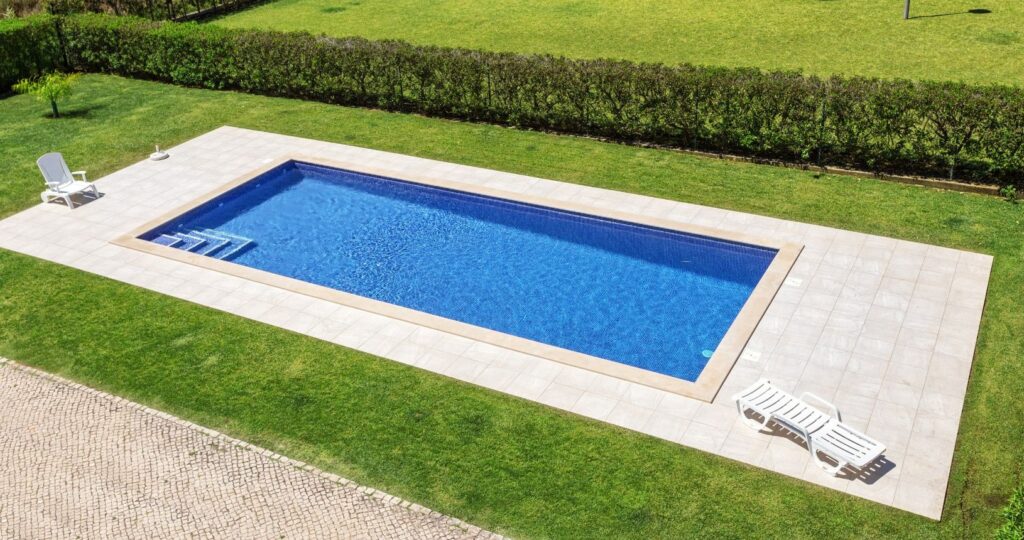
What to Expect During the Refurbishment Process
The refurbishment process typically begins with a site survey, where the contractor conducts a detailed inspection of the pool, its equipment, and the logistics of accessing the property. This survey helps to accurately assess the necessary work and allows for detailed cost estimation and project planning.
During this stage, there may be some back-and-forth communication as recommendations are made and technical specifications are finalized. You’ll also have the opportunity to choose materials, such as tile styles or liner colours. Collaborate closely with your contractor and trust their expertise—they’ve likely handled many similar projects.
Should You Worry About the Refurbishment?
Like any home renovation, a pool refurbishment can be stressful, particularly when it comes to timelines and potential disruptions. The duration of the project will vary depending on its scope, with a major refurbishment typically taking between 6 to 8 weeks. Smaller tasks, like replacing filters, installing a new water treatment system, or adding a pool cover, might only take a few days to a week.
Despite the potential inconveniences, refurbishing your pool can significantly enhance its appearance and performance. Investing in modern technology during the refurbishment can extend your pool’s lifespan and reduce ongoing maintenance costs.
So, if you’ve noticed signs of wear and tear during your time in the pool, don’t just cover it up and ignore the issues. Now is the perfect time to take action and give your pool the attention it needs.
